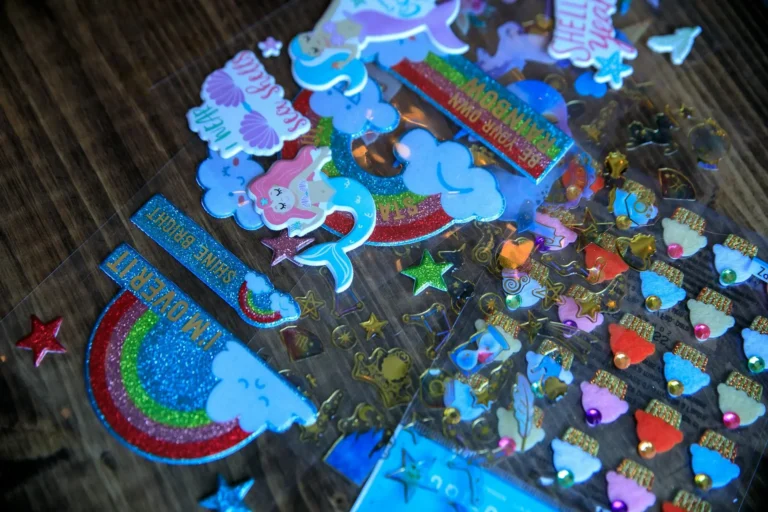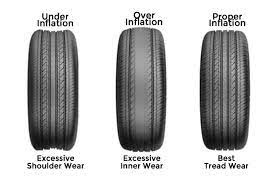Optimising HVAC Systems with Danfoss Controllers

HVAC (Heating, Ventilation, and Air Conditioning) systems play a crucial role in creating comfortable and healthy indoor environments. Whether it is a commercial building, a residential complex, or an industrial facility, HVAC systems are responsible for maintaining the desired temperature, humidity, and air quality. These systems ensure that occupants can work, live, or relax in a comfortable and safe environment regardless of the external weather conditions.
The primary function of HVAC systems is to control the temperature and airflow within a building. They achieve this by using a combination of heating, cooling, and ventilation mechanisms. HVAC systems are complex and consist of various components such as air handlers, heat pumps, condensers, evaporators, and ductwork. Each component has a specific role to play in ensuring that the indoor environment is optimised for comfort and efficiency.
Contents
- The role of controllers in HVAC systems
- Understanding Danfoss controllers and their features
- Benefits of using Danfoss controllers in HVAC systems
- How Danfoss controllers optimise HVAC system performance
- Installation and setup of Danfoss controllers in HVAC systems
- Troubleshooting common issues with Danfoss controllers
- Integration of Danfoss controllers with building management systems
- Conclusion on the importance of using Danfoss controllers for optimal HVAC system performance
The role of controllers in HVAC systems
Controllers are the brains of an HVAC system. They are responsible for monitoring and controlling the operation of various components within the system. A controller receives input from sensors placed throughout the building and makes decisions based on the desired setpoints and environmental conditions. It then sends signals to the relevant components to adjust their operation accordingly.
Controllers are critical for achieving optimal performance and energy efficiency in HVAC systems. They ensure that the system operates within the desired temperature and humidity ranges, preventing excessive energy consumption and equipment wear. Additionally, controllers enable the integration of HVAC systems with building management systems, allowing for centralised monitoring and control.
Understanding Danfoss controllers and their features
Danfoss is a leading manufacturer of HVAC controllers known for their reliability and advanced features. Their controllers are designed to provide precise control over various HVAC system components, including valves, pumps, fans, and compressors. With a wide range of models available, Danfoss controllers can cater to the needs of different types and sizes of HVAC systems.
Danfoss controllers offer features such as programmable setpoints, PID control algorithms, schedule-based operation, and fault diagnostics. These features allow for highly customised and efficient operation of HVAC systems. Additionally, Danfoss controllers have user-friendly interfaces that make it easy for building operators to monitor and adjust system parameters.
Benefits of using Danfoss controllers in HVAC systems
Using Danfoss controllers in HVAC systems offers several benefits. Firstly, their advanced control algorithms and precise setpoint management ensure that the system operates at the desired comfort levels while minimising energy consumption. This leads to significant cost savings in terms of reduced energy bills.
Furthermore, Danfoss controllers enable predictive maintenance by continuously monitoring the performance of HVAC system components. They can detect early signs of equipment malfunction or inefficiency and alert the maintenance team, allowing for timely repairs or adjustments. This proactive approach can prevent costly breakdowns and ensure uninterrupted operation of the HVAC system.
Another advantage of Danfoss controllers is their compatibility with various communication protocols, making them easy to integrate with other building systems. This enables centralised control and monitoring, providing building operators with a comprehensive view of the entire facility’s energy consumption and performance. The data collected by Danfoss controllers can also be used for analysis and optimization, further enhancing the efficiency of the HVAC system.
How Danfoss controllers optimise HVAC system performance
Danfoss controllers optimise HVAC system performance through their advanced control algorithms and intelligent features. With precise setpoint management, the controllers ensure that the temperature and humidity levels are maintained within the desired range, providing optimal comfort for occupants.
The controllers also employ energy-saving strategies such as demand-based control and variable speed drive operation. This allows the HVAC system to adjust its operation according to the actual heating or cooling load, preventing energy wastage and reducing operational costs.
Danfoss controllers also enable optimal sequencing and coordination of HVAC system components. They ensure that various equipment, such as chillers, boilers, and pumps, operate in the most efficient and coordinated manner. This prevents unnecessary equipment cycling and reduces energy consumption.
Furthermore, the controllers continuously monitor and analyse the performance of HVAC system components. They can detect inefficiencies, such as clogged filters or malfunctioning valves, and alert the maintenance team for timely action. By addressing these issues promptly, the controllers help maintain the system’s peak performance and prevent energy wastage.
Installation and setup of Danfoss controllers in HVAC systems
Installing and setting up Danfoss controllers in HVAC systems is a straightforward process. It is recommended to engage a qualified HVAC technician or contractor for the installation to ensure proper integration with the existing system.
The first step in the installation process is to identify the appropriate location for the controller. It should be placed in a central and easily accessible area, preferably close to the main HVAC system components. The controller should be securely mounted and connected to the relevant sensors and actuators.
Once the physical installation is complete, the next step is to configure the controller’s settings. This involves setting the desired setpoints, configuring control algorithms, and defining schedules or sequences of operation. The configuration process may vary depending on the specific model of the Danfoss controller and the requirements of the HVAC system.
After the initial setup, it is essential to regularly monitor the performance of the HVAC system and make any necessary adjustments to optimise its operation. This may involve fine-tuning the control parameters, updating the setpoints based on changing occupancy patterns or incorporating feedback from the building management system.
Troubleshooting common issues with Danfoss controllers
While Danfoss controllers are known for their reliability, occasional issues may arise during their operation. Some common issues include sensor malfunctions, communication errors, or incorrect configuration settings. Fortunately, most of these issues can be resolved through troubleshooting techniques.
When troubleshooting a Danfoss controller, it is essential to first identify the specific issue or symptom. This can be done by examining the controller’s display or referring to the system’s alarms or error codes. Once the issue is identified, the next step is to check the relevant sensors, actuators, and communication connections for any faults or malfunctions.
If a sensor or actuator is found to be faulty, it may need to be replaced or recalibrated. Communication errors can often be resolved by checking the wiring connections and ensuring that the correct communication protocol is selected. Incorrect configuration settings can be corrected by referring to the controller’s user manual or consulting with a qualified technician.
Integration of Danfoss controllers with building management systems
Integration of Danfoss controllers with building management systems (BMS) is a powerful feature that allows for centralised monitoring and control of HVAC systems. It enables building operators to have a comprehensive view of the entire facility’s energy consumption, performance, and comfort levels.
The integration process involves connecting the Danfoss controllers to the BMS network and configuring the necessary communication protocols. This allows the BMS to receive real-time data from the controllers, such as temperature, humidity, and energy consumption. The BMS can then use this data to analyse and optimise the HVAC system’s operation.
By integrating Danfoss controllers with the BMS, building operators can implement advanced energy management strategies. These can include demand-based control, load shedding, or load shifting, which help reduce peak energy demand and lower operational costs. The BMS can also generate reports and alerts based on the collected data, allowing for proactive maintenance and optimization of the HVAC system.
Conclusion on the importance of using Danfoss controllers for optimal HVAC system performance
In conclusion, HVAC systems are vital for maintaining comfortable and healthy indoor environments. Danfoss controllers play a crucial role in optimising the performance of these systems. With their advanced features, precise control algorithms, and compatibility with building management systems, Danfoss controllers ensure optimal comfort, energy efficiency, and reliability.
By using Danfoss controllers in HVAC systems, building owners and operators can achieve significant cost savings through reduced energy consumption and proactive maintenance. The controllers enable precise control over system components, seamless integration with building management systems, and continuous monitoring of performance.
For anyone looking to optimise their HVAC system’s performance, investing in Danfoss controllers is a wise choice. These controllers provide the necessary tools and features to achieve optimal comfort, energy efficiency, and reliability in any building environment. Take advantage of Danfoss controllers and experience the benefits they offer for your HVAC system.




